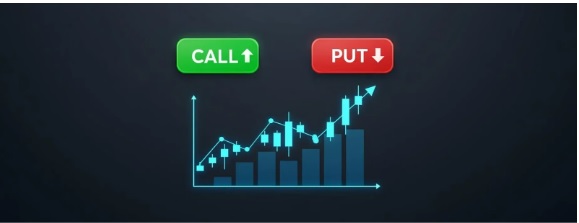Every day, thousands of retail traders make decisions in the EUR/USD market based on what they see on charts, what they read in forums, or how they feel about recent news. While these traders individually hold small positions, together they create measurable sentiment that can influence price behavior. For those who want to trade more effectively, understanding what retail sentiment reveals can offer useful insights, especially when it contradicts broader market trends.
What Retail Sentiment Means in the Market
Retail sentiment reflects the positioning of individual traders. These positions are often collected by brokers and displayed in real-time or through reports. The data typically shows the percentage of retail traders who are long versus those who are short. In EUR/USD trading, retail sentiment often acts as a contrarian indicator. When most retail traders are long, the pair tends to fall. When most are short, the price often rises. This behavior can seem confusing at first but makes sense when considering who moves the market.
Why the Majority Is Often Wrong
Retail traders tend to follow momentum and emotional cues. They often buy when prices are high and sell when fear sets in. Institutions, on the other hand, use retail behavior to their advantage. They often trade against popular sentiment, absorbing retail positions as liquidity. This is why EUR/USD often moves in the opposite direction of retail positioning. Traders involved in EUR/USD trading can use this dynamic to position themselves on the side of larger, more informed players.
Where to Find and Interpret Sentiment Data
Many platforms and brokers publish sentiment data, including tools that update positions hourly or daily. Some of the best-known sources include:
- IG Client Sentiment
- DailyFX Sentiment Index
- Myfxbook Community Outlook
These tools show the percentage of long and short positions held by retail traders. When interpreting this data:
- Look for extremes. If more than 70 percent of traders are on one side, the market may soon move the opposite way.
- Combine with technical analysis. Use support and resistance levels to identify where a reversal might occur.
- Watch for sentiment shifts. A sudden flip from majority short to majority long can signal growing fear or euphoria.
Combining Sentiment with Other Signals
Sentiment alone should not be used to enter trades blindly. It is most powerful when used in combination with other tools. In EUR/USD trading, sentiment can confirm the likelihood of a breakout failing or a reversal forming. For instance, if price is approaching resistance and retail traders are heavily long, a short position becomes more attractive. Add in a bearish candlestick or divergence on the RSI, and the setup becomes even stronger.
Staying Objective and Avoiding Herd Mentality
One of the greatest benefits of using retail sentiment is that it helps traders stay objective. Rather than reacting emotionally to market moves, you can pause and ask, “What is everyone else doing right now?” If most traders are chasing a rally, it might be time to prepare for a reversal. In the world of EUR/USD trading, avoiding the herd can often lead to more consistent results.
Retail sentiment is not a magic signal, but it offers a valuable lens through which to view the market. When used wisely, it helps traders stay one step ahead by understanding how the crowd thinks, and more importantly, how the market reacts to that thinking.











